Filter by
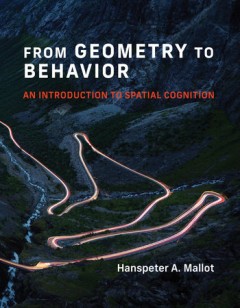
From Geometry to Behavior: An Introduction to Spatial Cognition
An overview of the mechanisms and evolution of spatial cognition, integrating evidence from psychology, neuroscience, cognitive science, and computational geometry. Understanding how we deal with space requires input from many fields, including ethology, neuroscience, psychology, cognitive science, linguistics, geography, and spatial information theory. In From Geometry to Behavior, cognitiv…
- Edition
- Ed. 1
- ISBN/ISSN
- 780262377300
- Collation
- -
- Series Title
- -
- Call Number
- 516.3 MAL f
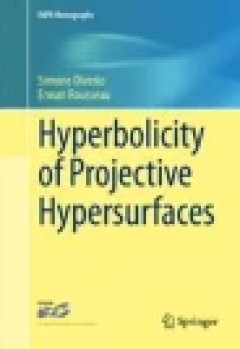
Hyperbolicity of Projective Hypersurfaces
This book presents recent advances on Kobayashi hyperbolicity in complex geometry, especially in connection with projective hypersurfaces. This is a very active field, not least because of the fascinating relations with complex algebraic and arithmetic geometry. Foundational works of Serge Lang and Paul A. Vojta, among others, resulted in precise conjectures regarding the interplay of these res…
- Edition
- -
- ISBN/ISSN
- 978-3-319-32314-5
- Collation
- XIV, 89
- Series Title
- -
- Call Number
- 510 DIV h
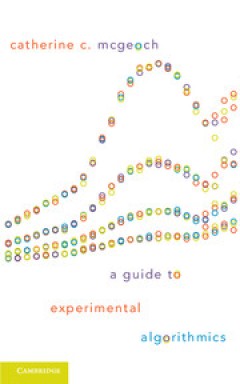
A Guide to Experimental Algorithmics
Computational experiments on algorithms can supplement theoretical analysis by showing what algorithms, implementations and speed-up methods work best for specific machines or problems. This book guides the reader through the nuts and bolts of the major experimental questions: What should I measure? What inputs should I test? How do I analyze the data? To answer these questions the book draws o…
- Edition
- -
- ISBN/ISSN
- 9780511843747
- Collation
- -
- Series Title
- -
- Call Number
- -
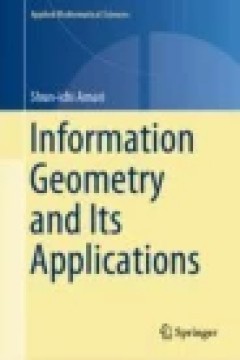
Information Geometry and Its Applications
This is the first comprehensive book on information geometry, written by the founder of the field. It begins with an elementary introduction to dualistic geometry and proceeds to a wide range of applications, covering information science, engineering, and neuroscience. It consists of four parts, which on the whole can be read independently. A manifold with a divergence function is first introdu…
- Edition
- -
- ISBN/ISSN
- -
- Collation
- XIII, 374
- Series Title
- -
- Call Number
- -

On the Geometry of Some Special Projective Varieties
“The book under review (awarded the 2015 Book Prize of the Unione Matematica Italiana) gives a survey of some classical and recent results on the geometry of projective varieties and its applications. … The book will be useful to anyone interested in classical algebraic geometry.” (Fyodor L. Zak, Mathematical Reviews, May, 2017) “The book under review covers fundamental aspects of the …
- Edition
- 1
- ISBN/ISSN
- 1862-9113
- Collation
- XXVI, 232
- Series Title
- Lecture Notes of the Unione Matematica Italiana
- Call Number
- -

Ideals, Varieties, and Algorithms: An Introduction to Computational Algebraic…
This text covers topics in algebraic geometry and commutative algebra with a strong perspective toward practical and computational aspects. The first four chapters form the core of the book. A comprehensive chart in the Preface illustrates a variety of ways to proceed with the material once these chapters are covered. In addition to the fundamentals of algebraic geometry—the elimination theor…
- Edition
- -
- ISBN/ISSN
- 978-3-319-16720-6
- Collation
- XVI, 646
- Series Title
- -
- Call Number
- 510 COX i

The Grassmannian Variety
This book gives a comprehensive treatment of the Grassmannian varieties and their Schubert subvarieties, focusing on the geometric and representation-theoretic aspects of Grassmannian varieties. Research of Grassmannian varieties is centered at the crossroads of commutative algebra, algebraic geometry, representation theory, and combinatorics. Therefore, this text uniquely presents an exciting …
- Edition
- 1
- ISBN/ISSN
- 978-1-4939-3082-1
- Collation
- X, 172, 84 b/w illustrations, 39 illustrations in colour
- Series Title
- Developments in Mathematics
- Call Number
- -
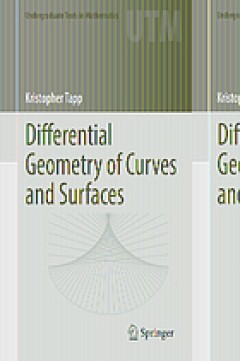
Differential Geometry of Curves and Surfaces
This is a textbook on differential geometry well-suited to a variety of courses on this topic. For readers seeking an elementary text, the prerequisites are minimal and include plenty of examples and intermediate steps within proofs, while providing an invitation to more excursive applications and advanced topics. For readers bound for graduate school in math or physics, this is a clear, concis…
- Edition
- -
- ISBN/ISSN
- 9783319397993
- Collation
- viii, 366 pages
- Series Title
- -
- Call Number
- 512.75

L² Approaches in Several Complex Variables: Development of Oka–Cartan Theo…
The purpose of this monograph is to present the current status of a rapidly developing part of several complex variables, motivated by the applicability of effective results to algebraic geometry and differential geometry. Highlighted are the new precise results on the L² extension of holomorphic functions. In Chapter 1, the classical questions of several complex variables motivating the de…
- Edition
- -
- ISBN/ISSN
- 978-4-431-55747-0
- Collation
- -
- Series Title
- -
- Call Number
- -

Lie Theory and Its Applications in Physics: Varna, Bulgaria, June 2015
This volume presents modern trends in the area of symmetries and their applications based on contributions from the workshop "Lie Theory and Its Applications in Physics", held near Varna, Bulgaria, in June 2015. Traditionally, Lie theory is a tool to build mathematical models for physical systems. Recently, the trend has been towards geometrization of the mathematical description of physical s…
- Edition
- -
- ISBN/ISSN
- 978-981-10-2636-2
- Collation
- -
- Series Title
- -
- Call Number
- -
 Computer Science, Information & General Works
Computer Science, Information & General Works  Philosophy & Psychology
Philosophy & Psychology  Religion
Religion  Social Sciences
Social Sciences  Language
Language  Pure Science
Pure Science  Applied Sciences
Applied Sciences  Art & Recreation
Art & Recreation  Literature
Literature  History & Geography
History & Geography